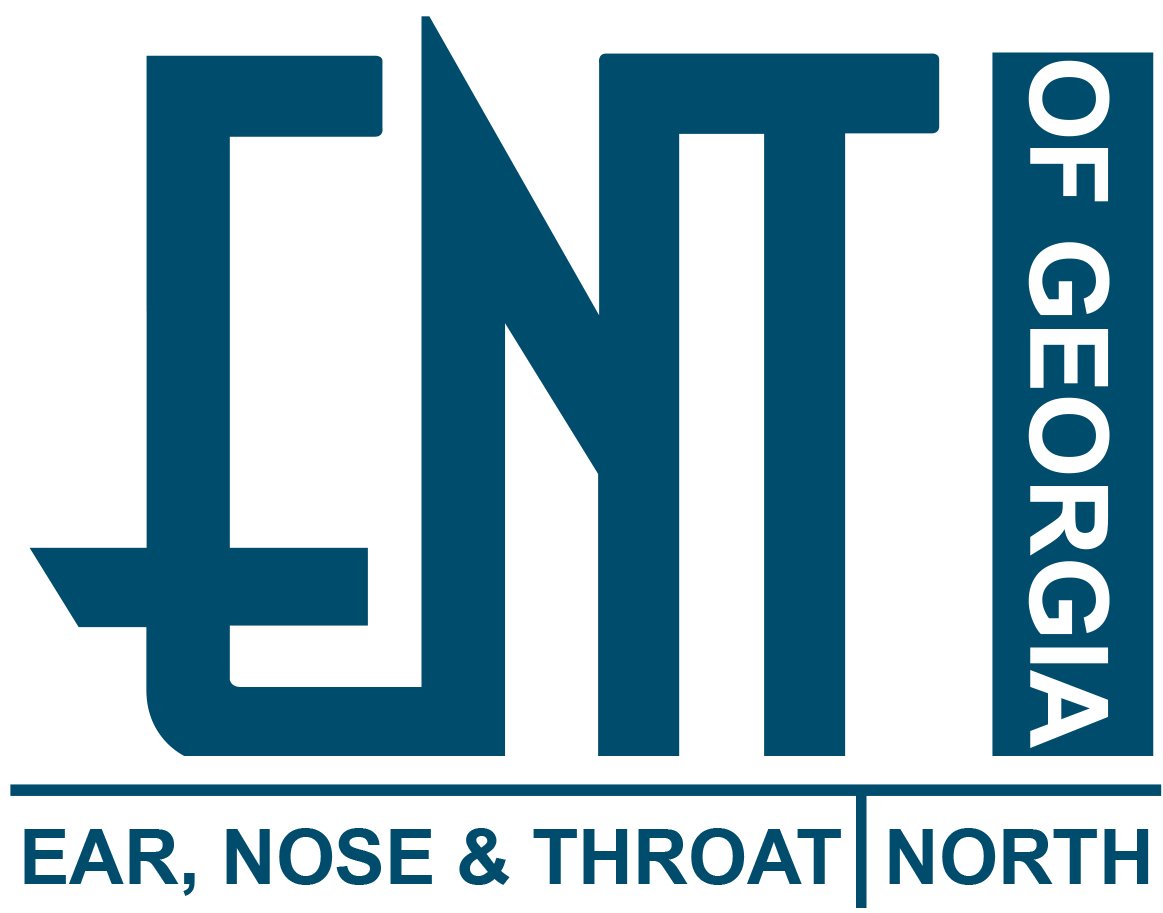What Is Cholesteatoma?
Cholesteatoma is an abnormal skin growth in the middle ear behind the eardrum that are uncommon in the general population. They are very difficult to see in the early stages and growth is painless. Occasionally they are identified early on exam. Other times they are discovered after an ear has had drainage for a long period of time or after there is a drop in hearing. The diagnosis of a cholesteatoma is very stressful for a patient and family and it is difficult to get clear information. While a patient with a cholesteatoma has at least one surgery, they do well in the long term.
What Causes Cholesteatoma?
Some children are born with a cholesteatoma. Very early during fetal development a small piece of skin fails to migrate to the outside of the drum and grows in the middle ear. These are often spotted on physical exam in the preschool to elementary years and can occur in children with little or no history of ear problems. This is called a primary or congenital cholesteatoma.
One can develop cholesteatoma from chronic ear problems, such as prolonged Eustachian tube dysfunction. This can lead to a pocket or cyst that fills with old skin cells resulting in cholesteatoma. When there is a hole in the eardrum, the body usually repairs it without difficulty, but occasionally the skin cells, instead of growing across the drum to close the hole, will grow inward and result in cholesteatoma.
What Are the Symptoms of Cholesteatoma?
Symptoms of cholesteatoma include chronic drainage from the ear and slow onset hearing loss. Rarely they will be discovered with an infection or at the time of ear tube placement.
How Is Cholesteatoma Treated?
Cholesteatomas will continue to grow until they are removed or the growth is controlled in a way that prevents the most serious of complications. This growth will eventually affect hearing, balance, facial nerve function or worse if not addressed. Fortunately, surgical treatment is excellent in preventing nearly all complications. Unfortunately, there are no non-surgical treatments.
Call Dr. Sipp at (404) 591-1426 for more information or to schedule an appointment.

